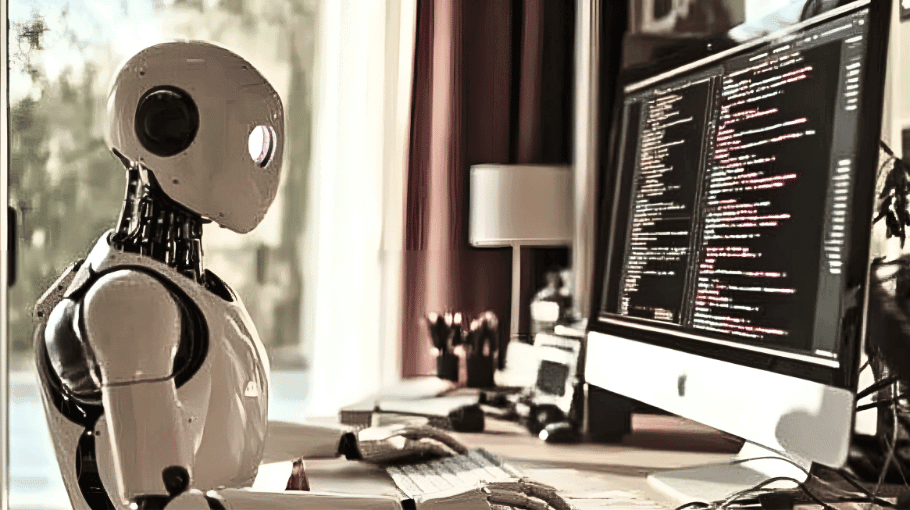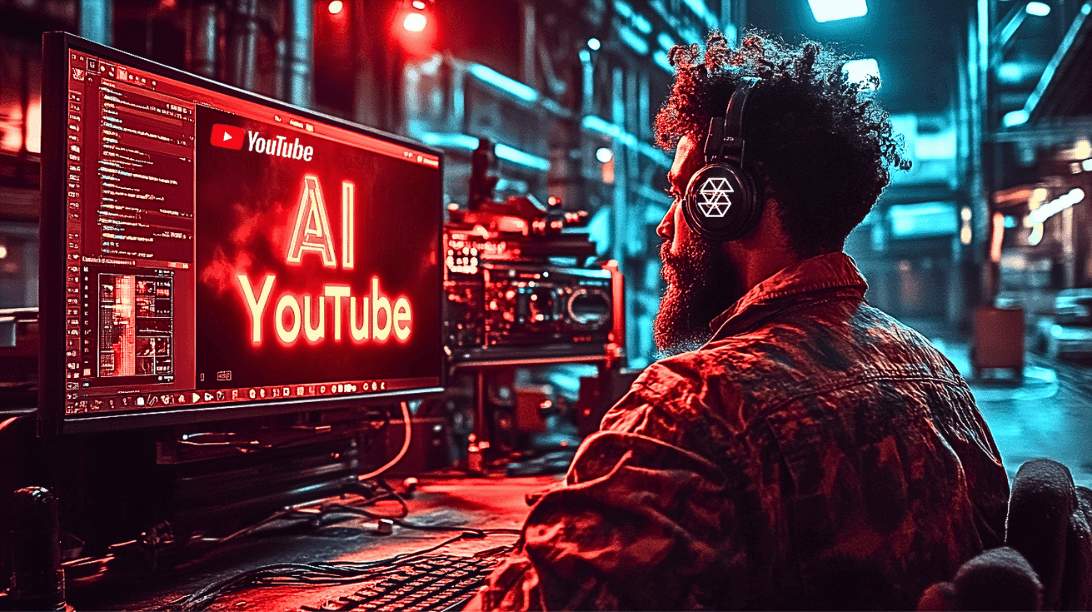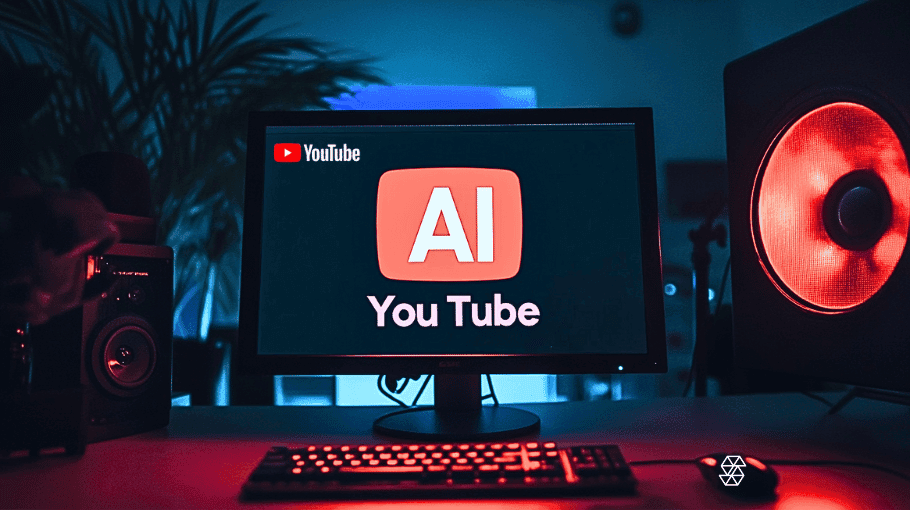5 Ways HR Teams Can Use Generative AI

Generative models, a subset of artificial intelligence (AI) focused on creating new content or data, are revolutionizing various industries, including Human Resources (HR). By harnessing the power of generative models, HR teams can significantly enhance talent acquisition and streamline their recruitment processes. In this blog, we will explore five ways HR teams can utilize generative models to optimize their hiring process and make better hiring decisions.
Before diving into these 5 ways HR teams can use generative AI, make sure to check out our explainer article on “What is Generative AI?” and “10 Practical Applications of ChatGPT.”
AI-generated job descriptions
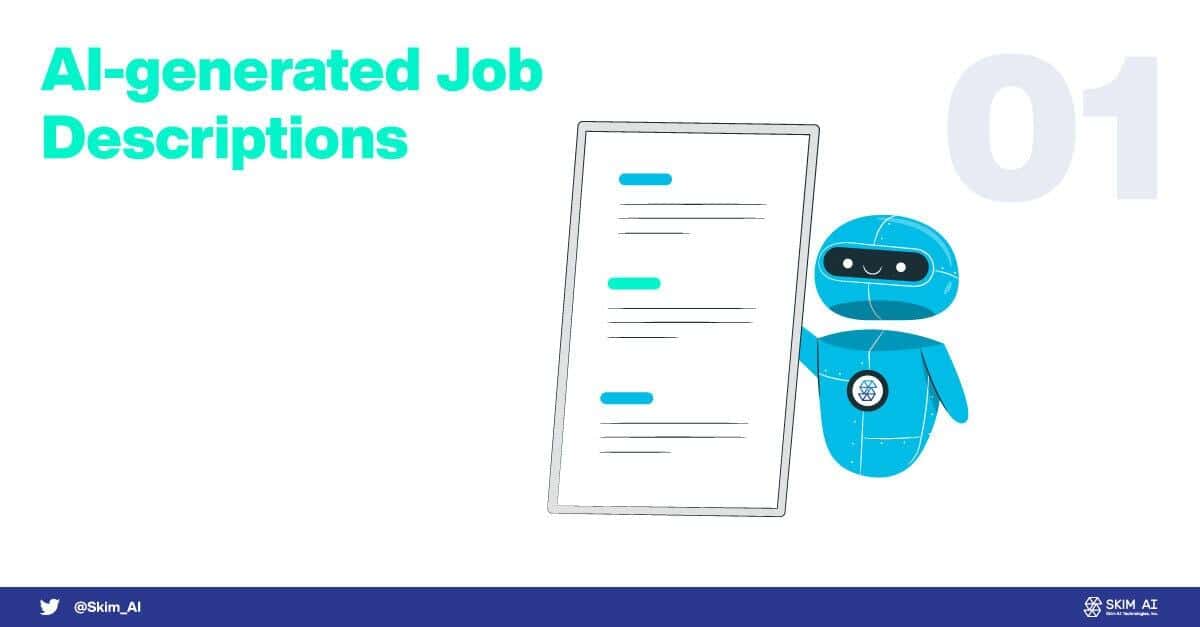
Crafting an engaging and accurate job description is crucial for attracting the right candidates during the job search. Generative models can help HR teams create customized job descriptions that accurately reflect the required skills, qualifications, and company culture. These AI-generated descriptions can help ensure that only candidates with the desired attributes apply for the role, making the talent acquisition process more efficient and effective.
Candidate profile synthesis and screening

One of the most time-consuming tasks for HR professionals is candidate screening, which involves sifting through numerous resumes and applications to identify suitable candidates. Generative models can help streamline this process by parsing resumes and social media profiles to generate comprehensive candidate profiles. These synthesized profiles can provide valuable insights into a candidate’s skills, experiences, and qualifications, enabling HR teams to quickly identify the most promising applicants for further evaluation within their Applicant Tracking System (ATS).
Enhancing diversity and inclusion in the hiring process

Diversity and inclusion are vital for fostering innovation and maintaining a competitive edge in today’s business landscape. Generative models can be a valuable tool in promoting a more diverse and inclusive hiring process. For instance, blind recruitment can be facilitated by using generative models to remove identifying information from resumes and applications, reducing unconscious bias. Generative models can also be employed to identify underrepresented talent sources and expand the talent pool, increasing the chances of finding candidates with diverse backgrounds and experiences.
Customized onboarding experiences

A well-designed onboarding program can significantly impact a new hire’s success and satisfaction within the organization. Generative models can analyze new hires’ profiles and preferences to create tailored onboarding materials, such as personalized training schedules, welcome packages, and mentorship pairings. By providing customized onboarding experiences, HR teams can help new employees quickly adapt to the company culture and environment, increasing their likelihood of long-term success.
Job matching and predicting candidate success and cultural fit
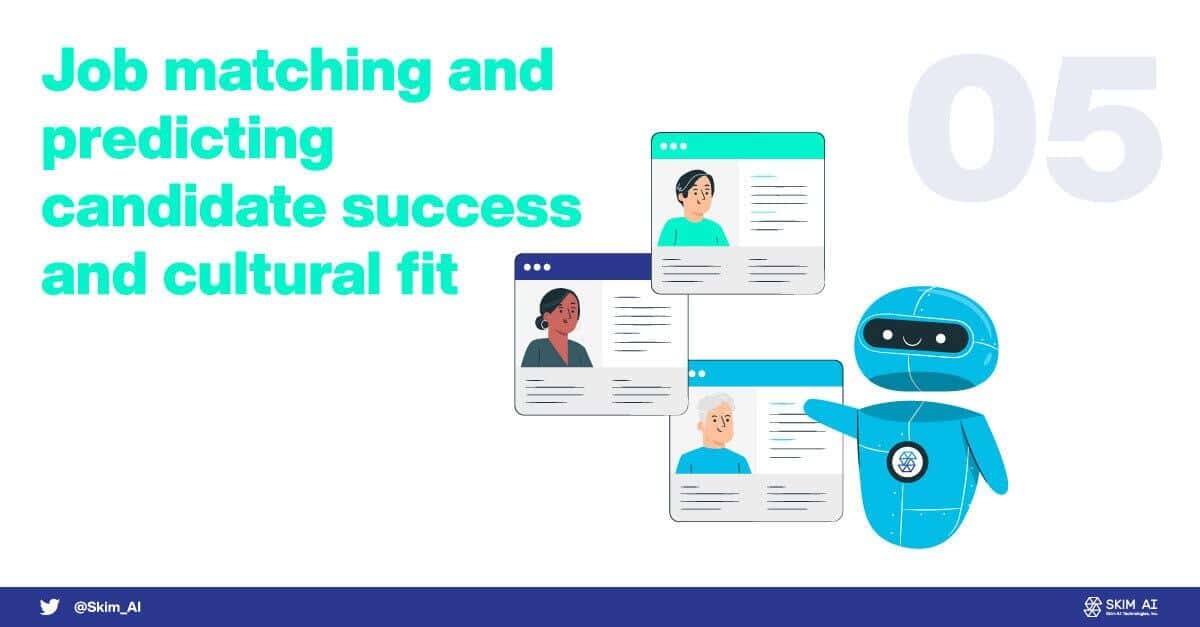
Selecting candidates who will thrive within the organization and contribute to its success is a top priority for talent management. Generative models can analyze various factors, such as a candidate’s skills, experiences, and personality traits, to predict their likelihood of success and cultural fit within the organization. By using these insights, HR teams can make more informed decisions when selecting candidates for interviews and job offers, leading to better overall hiring outcomes and effective job matching.
Unlocking the Future of HR
<img src="https://skimai.com/wp-content/uploads/2023/05/230502-5-Ways-HR-Teams-Can-Use-Generative-AI-5-1.jpg" alt="" width="1200" height="627"
Generative models hold immense potential for transforming talent acquisition in the HR industry, offering innovative tools and strategies to streamline the recruitment process, enhance diversity and inclusion, and improve hiring outcomes. By incorporating generative models into their recruitment processes, HR professionals can make more informed decisions and ultimately build stronger, more diverse teams.




